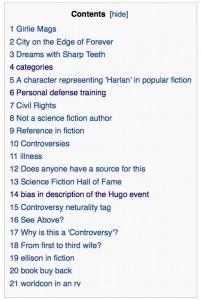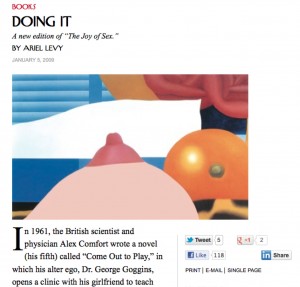Wednesday, June 19th, 2013 | Author:
Beth Reddy “Monsters never have children,” Peter Sloterdijk told us. He was suggesting that we moderns, with our obsession with novelty, are about that life, so to speak.
At the end of May, Peter Sloterdijk gave a series of talks at Irvine. Even if you weren’t in attendance, you may be familiar with Sloterdijk’s work. The (massive) first volume of his Bubbles was translated into English from the German recently, and it’s making the rounds.
In this particular lecture series Sloterdijk took as his topic “bastards”– the unique, the unprecedented, the uncomfortable– the monstrous, in fact. His route in was French opulence, with Louis XV’s mistress and advisor the Marquise de Pompedeur (formerly the never-quite-ordinary Jeanne-Antoinette Poisson) and her rise from the emerging middle class to an impossibility of wealth and power.
1. Every wish granted
Madame de Pompedeur is a rhetorical figure in Sloterdijk’s talk. Mme. de P. is not the sum of historical contingence and agency. She does not bumble along. In Sloterdijk’s work, she is pure deus ex machina, the composed story which always already is punching its own punchline.
And this semi-fictional figure was told in prophesy, when still a child, that she’d be the King’s lover. With this information, she became the kind of person who could be. It’s not just her rise that Sloterdijk is working through. It’s the sheer unprecedented-ness of it. Sloterdijk puts it like this: “In all likelihood Madame de Pompadeur was at the time the only person in France, if not in Europe, whose every wish was granted.”
She is a creature of unlikely entitlement here, an excess of sexy witty sumptuousness for whom all that stuff is only a stopover on the way to what she was made up for. The unlikeliness and completely produced nature of her triumph is worth taking a moment with.
2. On the flourishing of ideals?
Sloterdijk is a great thinker on the topic of flourishing and the mutualism, or exploitation, that sustains. Bubbles, the first volume in his Spheres, involves thinking through what he calls placental relationships. The placenta is the is the companion that makes the subject real, and the framing for similar subsequent relationships. “From it, energies flow to me that form me. Nonetheless, it remains unassuming in itself, never demanding its own presence” (Bubbles: 357). For Sloterdijk, the subject will always have a sustaining or constituting other, even if it is imaginary or inanimate.
He gives us placental relationships, sustaining others that “never demand” (or never make demand that we notice) and then he gives us Mme. de P.
What makes her flourish as a subject? Surely, the king’s attention, and the attention of a nation. Perhaps also the perfectness of the story: the impossibility that someone like her could emerge from her class produced, after all, the conditions that made her fascinating. The fortune someone told her as a child was absurd, her rise was amazing, and she, herself, a curiosity. An absolutely integral part of the way deus was clearly in her machina is that she shouldn’t have succeeded, at least as far as she’s depicted here.
I rather think this is productive for thinking about idealized subjects. What kinds of monsters are the impossibly lucky? Or the rhetorically perfect? I think it’s a serious consideration for feminists watching the media space these days, especially when thinking through the superwomen trope that fabulous performer Beyoncé Knowles or corporate phenom and writer Sheryl Sandberg have been discussed in terms of lately.





